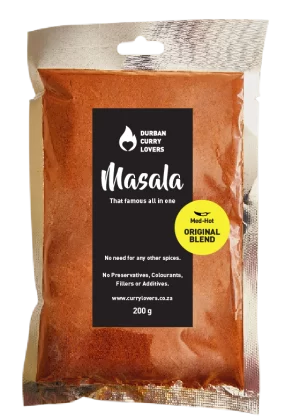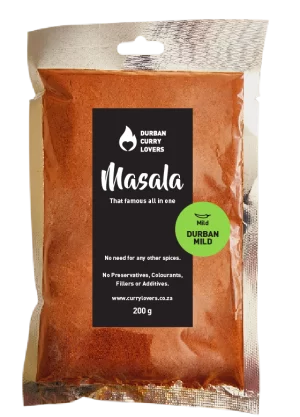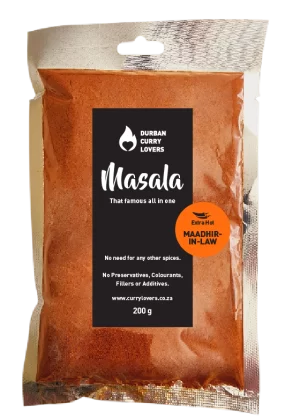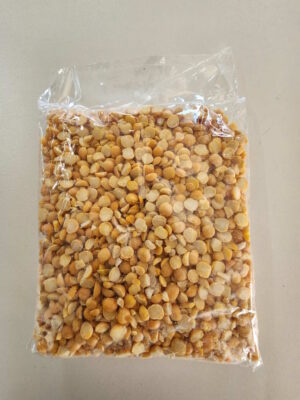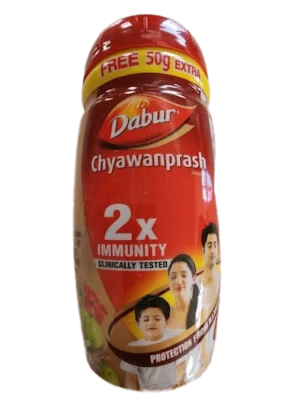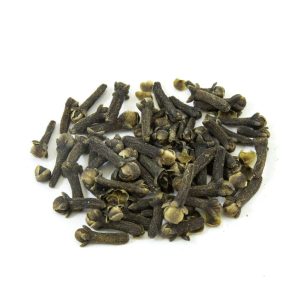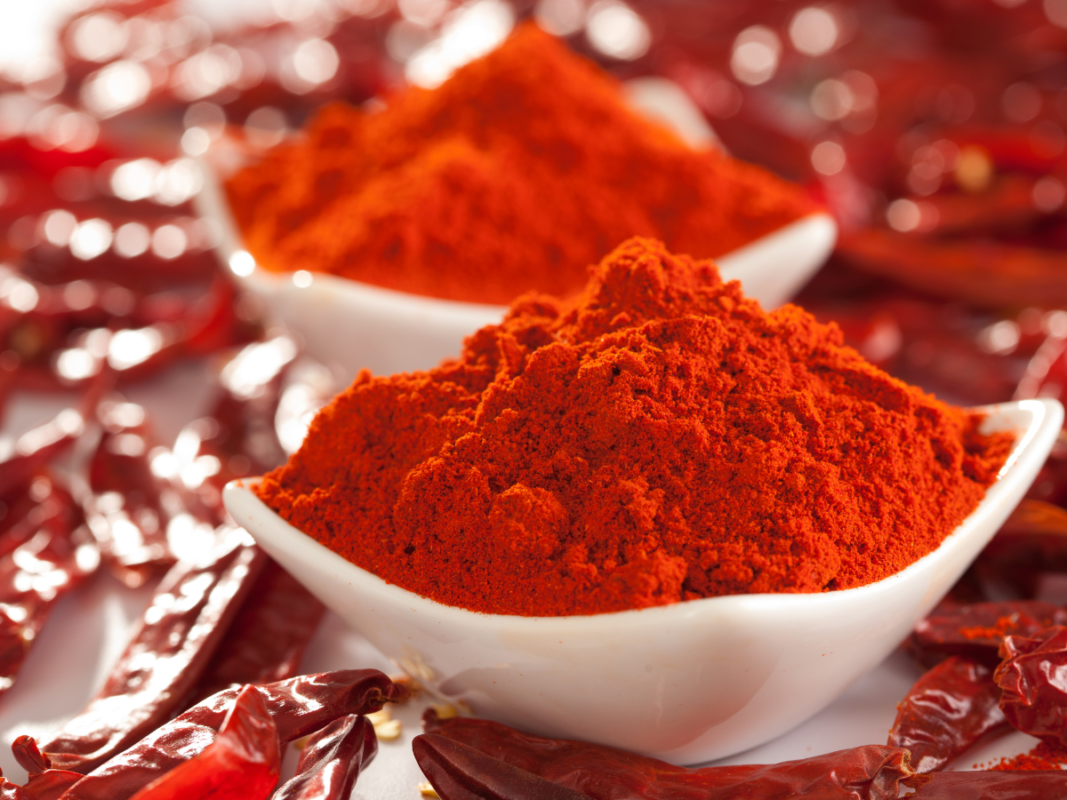
Kashmiri chillies, as the name suggests, have their roots in the picturesque region of Kashmir, nestled in the northern part of the Indian subcontinent. The chilli, revered for its vibrant red color and moderate heat, has made a name for itself in culinary circles worldwide, especially in our beloved Durban and in the cooking of our beloved Durban Curry.
But the journey of the Kashmiri chilli, from its humble origins to global fame, is as exciting as its taste.
Origin and History
The history of the Kashmiri chilli is deeply interwoven with the history of the chilli pepper itself. Like all chilli peppers, the Kashmiri chilli’s origins can be traced back to Central and South America.
It was in these regions that chillies were first domesticated over 6000 years ago. Christopher Columbus’ journeys to the New World in the late 15th century introduced chillies to the Old World, including Asia, Europe, and Africa.
Upon reaching the Indian subcontinent, chillies quickly became a staple in many regional cuisines. Kashmiri chillies, a variety of Capsicum annuum, emerged as a distinct variety in the fertile soils and unique climate of the Kashmir region. Over centuries, farmers in this region have carefully cultivated and selected for the traits that define the Kashmiri chilli today – a rich red color, a moderate level of heat, and a unique flavor profile.
Uses
Kashmiri chillies are best known for the brilliant red color they impart to dishes. As a result, they’re widely used in many Indian dishes like rogan josh, tandoori chicken, and butter chicken, as well as in various curry powders. But the influence of the Kashmiri chilli extends far beyond the borders of India. In global cuisine, it’s used in everything from hot sauces to spice rubs, from marinades to stews and of course in many of the brands of Durban Masala.
Despite its fiery reputation, the Kashmiri chilli is relatively mild compared to other chillies, with a Scoville Heat Unit (SHU) rating typically in the 1,000 to 2,000 range. This milder heat allows the chilli’s other flavors – a sweet, slightly smoky taste – to shine through.
Note: Durban Curry Lovers, all-in-one Masala, uses a blend of 8 different chillies to obtain that trademark taste.
Interesting Information
The vibrant red color of Kashmiri chillies is due to the high concentration of carotenoids, particularly capsanthin, in the chillies. These compounds are powerful antioxidants that may have health benefits, including reducing inflammation and improving eye health.
Interestingly, the Kashmiri chilli is often ground into a fine powder, which is then used as a coloring agent in Indian cuisine. It’s not unusual to find this fiery red powder in your local grocery store labeled as ‘Kashmiri chilli powder’ or ‘Deggi Mirch’.
Also, it’s worth noting that the popularity of the Kashmiri chilli has led to its cultivation in other regions of India and across the world. So, while a chilli may be labeled as “Kashmiri”, it may not have been grown in Kashmir.
In Conclusion
The Kashmiri chilli is more than just a spice. It’s a testament to the rich culinary heritage of the Kashmir region and an illustration of the global influence of Indian cuisine. Whether you’re a professional chef or a home cook, the Kashmiri chilli offers a unique blend of color, flavor, and heat that can elevate any dish.
The story of the Kashmiri chilli is a reminder of the fascinating journey that many of our food ingredients have undertaken. From the fields of Central and South America to the kitchens of India and around the world, and even in our hometown of Durban, the Kashmiri chilli has truly left its mark on global gastronomy.
More info on Wikipedia
Read How to get that Beautiful Red Colour when Cooking Durban Curry

